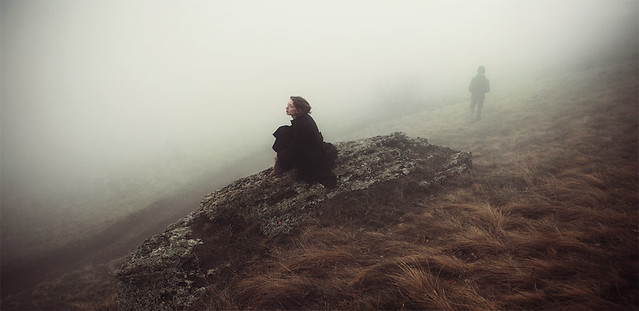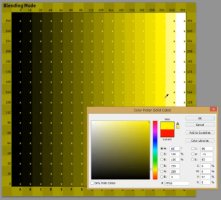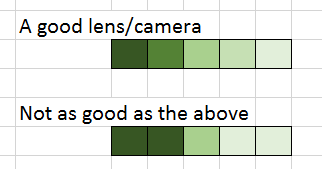AmbientLight said:
I don't understand the argument for ignoring differences in color rendering. It should be obvious that different quality lenses do render color differently.
If someone always heavily post-processes whatever has been shot, that may be a negligible difference as that photographer might risk losing some tonal quality anyway, but whenever you go for a specific look and its just gone, if your lens isn't able to capture all the nuances out there, you won't easily get that back in post processing. Wouldn't this be wasting your time?
The point is when choosing a lens, colour rendering and contrast are so easily adjusted now they shouldn't be an important factor in purchasing decisions.
When I used to shoot weddings on film colour correcting was out of my hands, lens colour was much more important and having a second shooter using a different camera and lens system was fraught with best colour management practice issues, it was a nightmare if you strove for consistent dress colour throughout an album.
Now, with a solid and competent digital workflow all camera and lens colour and contrast variability is so easily normalised with zero hit in IQ that it should play zero roll in choosing lenses.
Every lens out there, certainly any that natively fit on an EF mount, is more than capable of catching tone and colour nuances, due to the coatings used the effects on those nuances can be large or small, but normalising is one test image and one click away.
Flower photography is well known to have severe colour issues, try doing any kind of serious flower photography without camera profiles and you will see, it isn't the quality of the lens you use, it is the quality of your workflow that maintains accurate colour and tonality (again, not an artistic point but a measurable technical point).
Now we all know we can have technically sound but very boring images, that goes without saying, we can also have striking images without technical knowledge; but if we are to master our craft we need a good balance of the two.
I have listened to so many instructors preach on about "lens compression" I die a little inside each time I hear it, there is no such thing as lens compression, the effect they are talking about is perspective, plain and simple. They shouldn't be teaching that subject. Same with lens colour and contrast, nowadays those two are complete non issues.
Obviously there are important differences between lenses and software can't overcome things like lower resolution, slower AF, no AF, no IS, less light gathering (slower apertures), heavy distortion and very strong aberrations (small adjustments are easy but larger ones increase any IQ hit) so I am not advocating that any lens can do any job. All I am saying is the oft touted colour and contrast characteristics of a lens are practically immaterial now.






